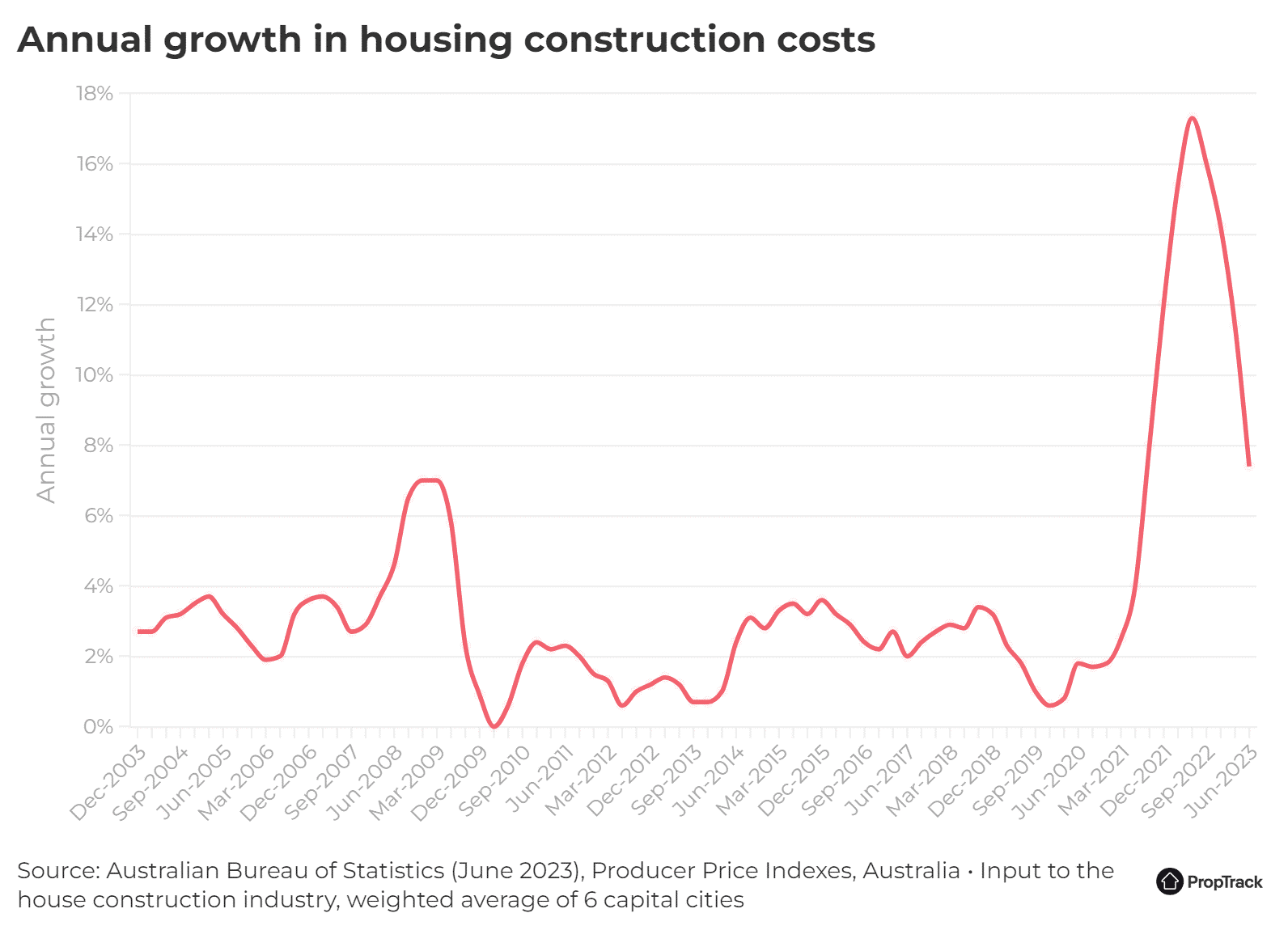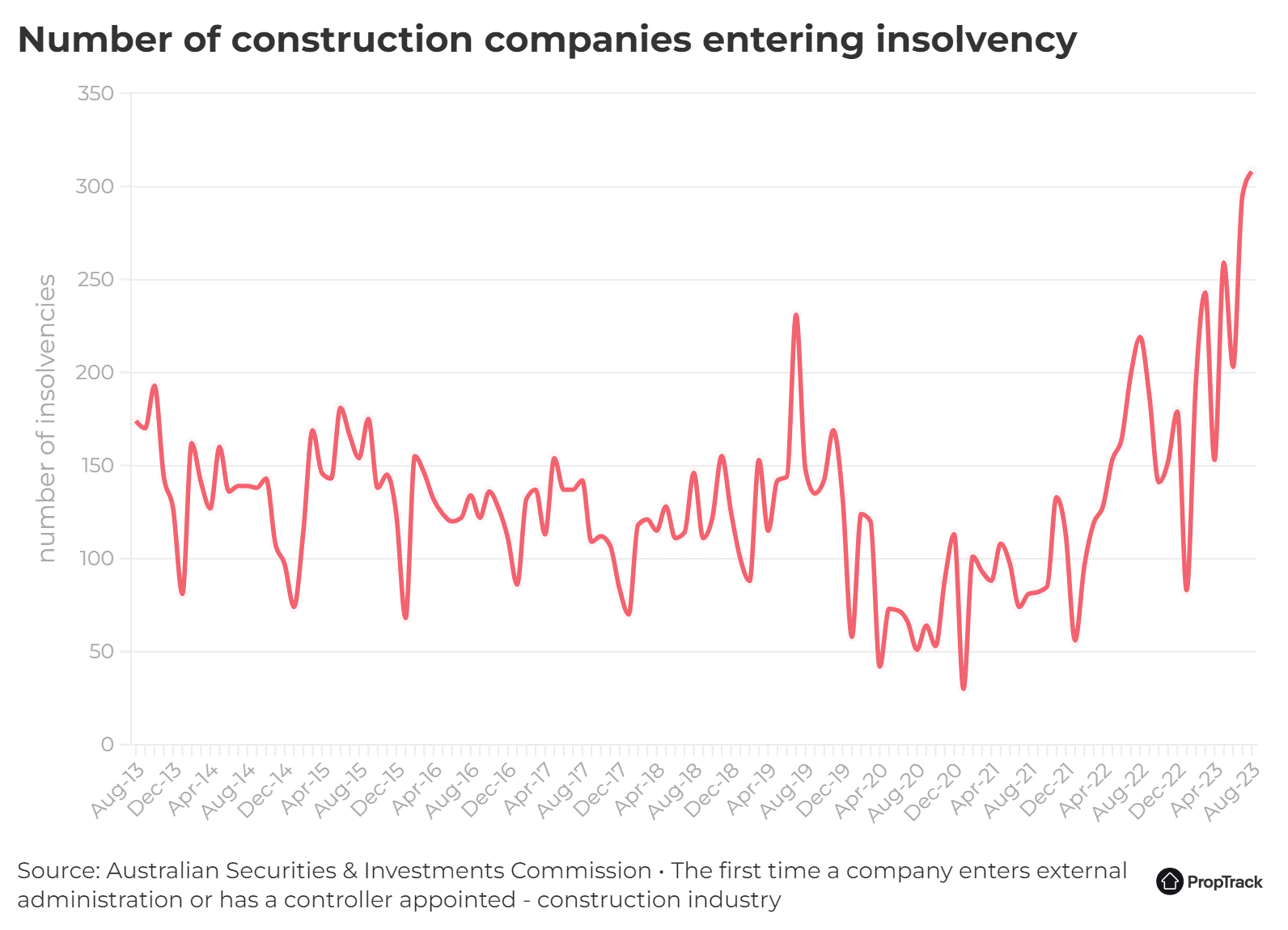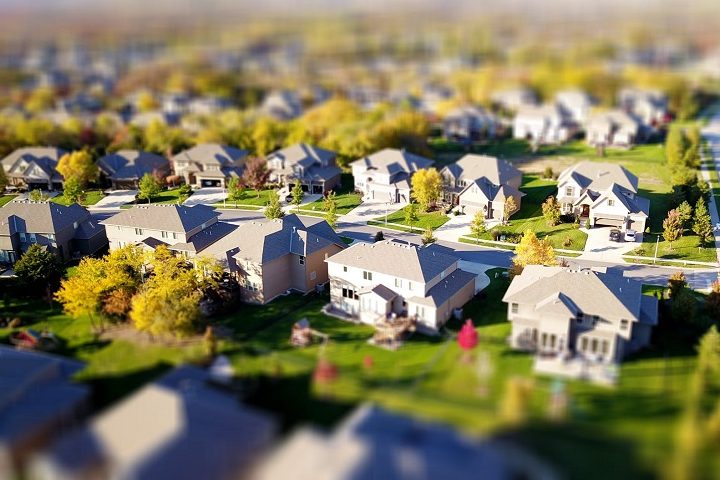
Why the plan to house Australia’s growing population is completely unrealistic
Source: Anne Flaherty, Economist
Given the speed at which Australia’s population is growing, there’s no question that a lofty new housing target is justified. But is it realistic? Probably not.
This year, the federal government announced an ambitious plan to build 1.2 million new homes, starting 1 July 2024.
Unfortunately, there are myriad reasons we are unlikely to see housing supply keep up with population growth over the coming years.
Firstly, it has never been more expensive to build a new home. The cost of building inputs into housing construction have surged in recent years and grown at the fastest rate seen since the 1970s.

Over the 12 months ending June 2023, the weighted average cost of inputs into the home construction industry across Australia’s capital cities increased by 7.4%. While this was well down from the peak growth of 17.3% seen 12 months earlier, it remains incredibly high and well above long term average levels.
What’s more, these input prices don’t take into account the additional cost pressures resulting from higher interest rates, labour shortages, project delays, and increased insurance premiums.
The near unprecedented speeds at which costs have increased have dealt a savage blow to builders who operate using fixed price contracts, and the number of construction companies entering administration is continuing to rise.
In August alone, 308 construction firms entered administration or had a controller appointed, according to the Australian Securities and Investments Commission (ASIC), the highest monthly total recorded in over a decade.
Last financial year, a total of 2,213 construction firms entered insolvency, up 72% from the previous 12 months. To date, this financial year is tracking even higher.

Another side effect of the rise in home builders collapsing has been increased hesitation to buy new, due to the higher perceived risk.
Back in 2020, 45% of those looking to buy a property felt confident purchasing off-the-plan, according to realestate.com.au’s Property Seeker Survey. This year, that share fell to 36%.
Similarly, the proportion of buyers who felt confident buying a newly built property fell from 60% to 55% between 2020 and 2023.
With a higher share of buyers favouring existing properties over new, this implies a slowdown in demand to buy off-the-plan which can be expected to flow through to the quantity of homes developed.
Finally, the development of so many homes over such a short period would be unprecedented. The government’s goal of delivering 1.2 million new homes in five years implies the completion of 240,000 dwellings per year.
Market conditions and cost pressures aside, at no point in history has Australia succeeded in delivering new housing at this speed. The highest number of dwellings ever completed over a 12-month period was 224,000, which occurred over the year ending March 2017.
And given the average number of annual dwelling completions was 191,000 over the past 10 years, this was well out of the ordinary. Last year, development activity fell below the 10-year average level, with 173,000 new homes completed.
What’s more, declining dwelling approvals indicate this is likely to move lower.
This year, approvals for new dwellings have reached the lowest levels seen in over a decade. While approvals did rise 7% between July and August, they remained 22.9% down from the same month last year.
With population growth booming, this slowdown in the development of new homes could not be worse timed. Australia already has a critical shortage of housing and, if something doesn’t change soon, it will only get worse.



